Have you ever wondered what slot volatility is? Or do you spend hours combing over slots games trying to find the lowest house edge? It’s time to worry no more.
We have compiled a master post of everything you need to know about volatility, house edge and payouts on slot machines. Read on to find out how slot volatility works, how to identify a volatile slot, when playing risky slot games are worth it, what scaling returns are, and how volatility affects house edge. What you discover might surprise you – and could help your gaming in the future.
How does slot volatility work?
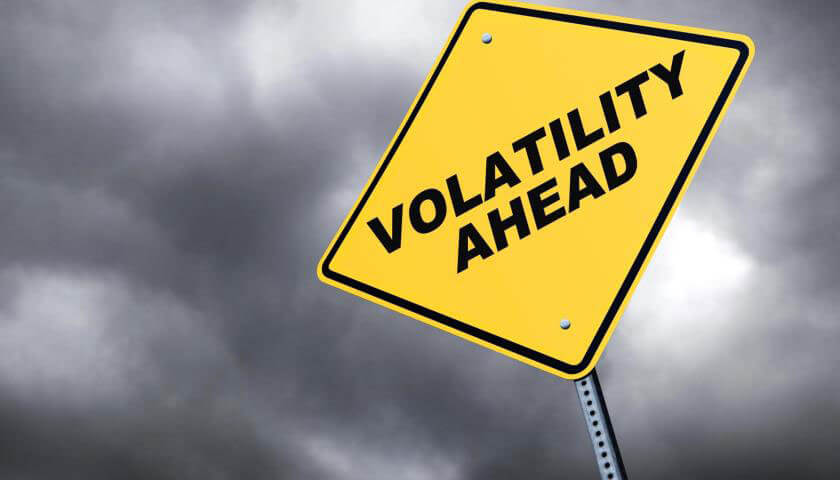
If you’re well-seasoned on the slots circuit then you might intuitively understand something about slot volatility. You’ll notice that some seem to pay out little and often, while others rely on offering you an elusive jackpot that has hardly any chance of paying out. The more consistent, lower-paying slots are going to be the ones with low volatility, while the risky chancers are much more variable. Slot volatility is also sometimes referred to as slot variance, as both terms just refer to how unpredictable payouts are.
Volatility in this case refers to how changeable the slot is. A low slot volatility game will continuously pay out small rewards, whether that’s through frequent scatter symbol rewards, a generous distribution of wild symbols, or just regular appearances of low-paying combinations. You’re likely to get lots of playtime out a low volatility slot, as the consistent small payouts will help you stretch your bankroll for as long as possible.
On the other hand, a slot with high volatility is much more unpredictable. It’s more likely to land you jackpots, but on the other hand, it’s risky. You could easily play through your entire bankroll without triggering a single big payout, because it’s just how the slots fell that day.
RNG, RTP, and Volatility
The combinations on video slots are determined by random number generators (RNG), which will be set to specific odds. However, these odds are calculated over an incredibly long period of time – typically hundreds of thousands of spins at the very least – so the odds offered are not representative of the true value, as the casual player might only spin a hundred times over the period of one session. Ultimately, volatile slots generally have a lot of variance between different groupings, which can be confusing for beginners.
A volatile slot might offer a stake of £1, a jackpot of £100,000 and a return to player rate (RTP) of 95 percent. If that’s the only prize which this slot has, all-or-nothing style, then it’s easy to work out the average number of spins it will take to win your money back. If you could hit the jackpot once every 100,000 spins, then the slot would have an RTP of 100 percent, even though most players lose their entire bankroll. That’s because all the £1 donations are immediately given out to the jackpot winner, which proves pointless for any casino hosting the game.
Instead, the 95 percent RTP provides the casino a house edge of 5 percent. For every £100k jackpot that’s paid out, the casino keeps 5 percent of the money that’s been paid in. It will take 105,263 spins for the payout to happen, rather than 100,000. So, while this slot has a fairly reasonable RTP rate, it is also highly volatile as the condition which returns money to you is very unlikely.
Identifying a high variance slot
In the simple one-line one-jackpot slot example we just gave, it’s fairly easy and intuitive to see the volatility of the slot. You can divide the prize money by the RTP (expressed as 0.95 rather than 95 percent) to find out how many spins it will take to win, on average. But it’s much harder to find out the volatility of actual slot games. Contemporary video slots offer many different reels, multiple paylines, plenty of symbols and countless different ways to win money. These features which make the games so much fun also make it tricky to mathematically calculate the volatility.
- Jackpot Size: Look for slots with massive jackpots (e.g., £1 million). These require high volatility to accumulate the payout.
- Top Prizes: Low top prizes (e.g., 50x your stake) suggest a low volatility game.
- Paytable Differences: Check the paytable for the difference between four and five of a kind wins.
- Small Difference (3x-5x): Likely a low volatility slot with more frequent smaller wins.
- Large Difference (10x-15x): Potentially a high volatility slot with less frequent but bigger wins.
- Multipliers: Slots with big win multipliers often indicate high variance.
Is playing a high volatility slot game worth it?
High-volatility slot machines have pros and cons that you need to be aware of to find out which type is best for you.
The biggest draw of high volatility slot games is the chance of winning a huge sum of money. It’s fun to try and imagine what you’d do with £1 million, but the slot machines which offer it also have a very small chance of actually paying off.
These are machines designed to appeal to people with a large bankroll and an all-or-nothing mentality. It’s not hard to see why: the thrill of potentially winning a huge sum of money could be enough to persuade people to put loads of cash into playing a game. If you are chasing big wins and don’t want to bother with barely winning back your bankroll, then high variance slots are the way to go. These riskier games are sometimes referred to as ‘gambler’s games’ – because while new players don’t care for the long dry spells, seasoned gamblers can see the game’s big-money potential.
On the downside, the risk means that you could easily spend all of your money without seeing any returns. It means that players thinking about playing high volatility slots should definitely be disciplined, and know when to walk away: keep track of your bankroll and don’t pay in more than you’re willing to lose.
Patience is also required for high volatility slots. You may have to play many, many rounds of the game with small amounts on each spin, and never see any return whatsoever. With that said, if you then end up hitting the grand prize, it is guaranteed to feel much sweeter after all that hard work you’ve put in!
There are some features on these risky slots which are designed to minimize frustration. Many have an autoplay function, which allows you to state your preferred stake and how many spins you’d like to play (generally up to a maximum of 250). You can also pause, end or edit this at any time – and you’ll still get to watch the reels spin in real time. It just takes the hassle out of manually inputting your bet each time. Over hundreds of spins, those few seconds can really add up.
High variance slots and scaling returns
Another fairly common feature in high volatility slots is a variable return to player. This is represented on information screens by showing a range of values, as opposed to just a single percentage.
If you come across a slot that says “return to player: 92 percent – 94 percent – 96 percent” then that represents three different possible levels of RTP. Generally speaking, the lower levels are the standard figure that’s on offer with the smallest possible wagers. If you stake the minimum coin size, you’re likely to get a 92 percent RTP. However, wagering more money is where you can tip the balance. Increasing your coin size enough could bump you into the 94 percent territory, while playing with the maximum coin size provides you an even better chance of seeing returns.
Scaling returns are linked to slot volatility as they encourage players to use a larger amount of money. It’s the game promising a higher chance of reward in exchange for staking more money – using the same high risk, high reward logic which makes volatile slots so appealing.
The scaling RTP is most common in progressive slots, which have a high variance. By staking more, you are more likely to win that legendary top prize – but you’re also more likely to burn through your bankroll quickly. It’s the difference between staking £100 as 100 £1 spins, or 10 £10 spins: a higher bet means there are not as many opportunities for you to actually press ‘spin’. That means there’s fewer chances to actually hit the jackpot, even if each spin is slightly more likely to succeed.
| Feature | Pro | Con |
|---|---|---|
| Win Potential | Massive payouts, including life-changing jackpots | Wins occur less frequently |
| Thrill Factor | Intense excitement with the potential for big wins | Can be frustrating with long stretches of losses |
| Gameplay | More engaging due to the possibility of large wins | Can feel slow or unrewarding with infrequent wins |
| Bankroll Management | Requires stricter bankroll management due to fewer wins | May not be suitable for casual players with smaller budgets |
| Risk vs. Reward | High-risk, high-reward proposition | Not ideal for players who prefer a steadier gameplay experience |
Does slot machine variance affect house edge?
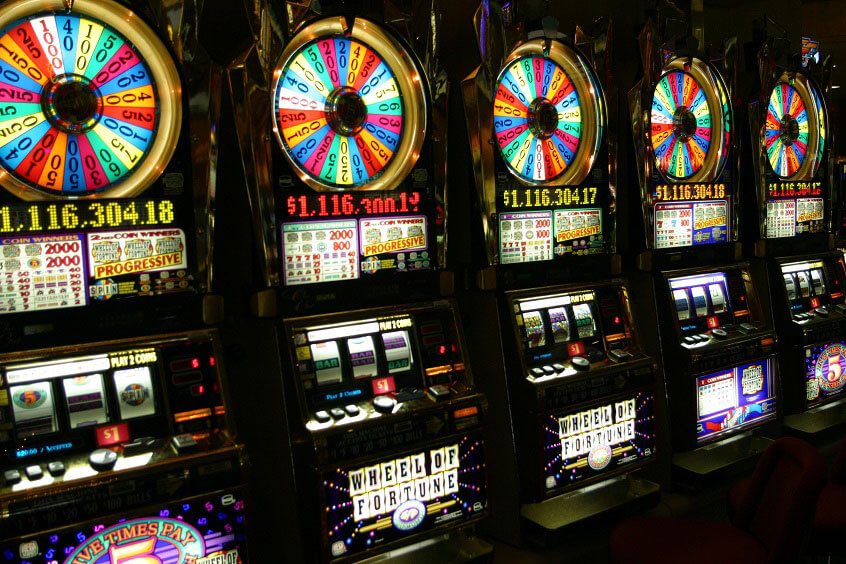
If you’re looking for the best house edge on a slot game, then bear in mind that slot volatility does not directly affect the game’s payout percentage. Instead, both high variance and low variance games can have the same house edge. The difference is whether the money is paid out little and often, to many players across many games, or entirely in a lump sum to one lucky gamer.
For example, imagine a slot game with a 95 percent RTP rate. Just that figure gives you no actual indication of what the slot entails, or what its variance is. It could be a progressive slot with a large jackpot but not many chances to win line payouts. On the other hand, it could also be a slot with low volatility and a high return to player rate – which is likely to be based around small wins.
Players who want to try and maintain their bankroll should play slots with low variance. That’s because the games are designed to pay out these small, regular wins, and as a result there’s a better chance of receiving even moderate payouts. It can be a way of walking away from slot games with some money still in your pocket. It can also make your money last longer, which is useful if you want your money to last longer.
Many slots are advertised as being medium volatility, or sometimes as ‘mixed’ on official marketing materials. They are trying to tap into the Goldilocks zone, of being generous enough to keep casual players hooked but still offering large enough rewards to intrigue serious players – which is a great balance. These slots sit in the middle between frequent small payouts and very rare huge ones, and as a result can be even more unpredictable. You could go thirty spins without seeing a penny, or win a line every couple of goes. Again, this volatility doesn’t actually affect house edge.
In fact, a slot with a slightly lower RTP but very little volatility is probably a safer bet than a variable slot with a higher advertised return to player rate.
House edge isn’t everything when it comes to winning money from slots!
Overall, slot volatility is a very important and interesting part of playing slot games. Knowing how to identify variable slots, and what playing them entails, can help with your strategy.
You can choose to play a few risky spins with your bankroll, and then spend the rest on more stable games, or try a range of different games to discover what style you like the most.
No matter what kind of slot volatility is your favourite, you can find plenty of fantastic games on these online mobile casino sites. Keep your fingers crossed, and see if the random number generator smiles upon you. Good luck!
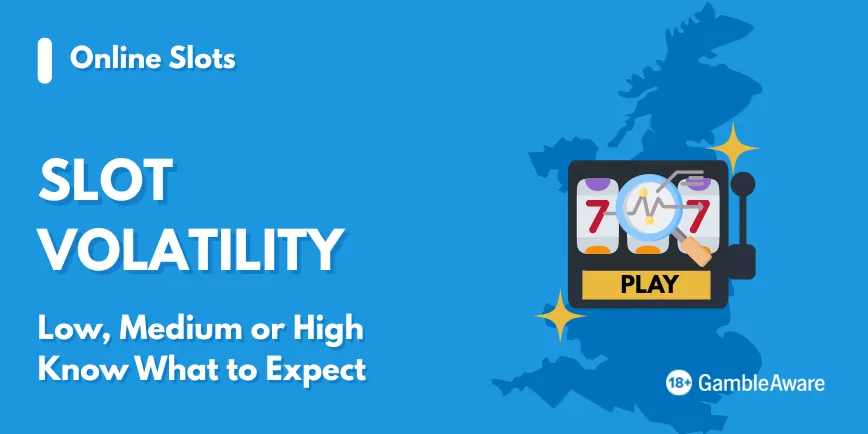
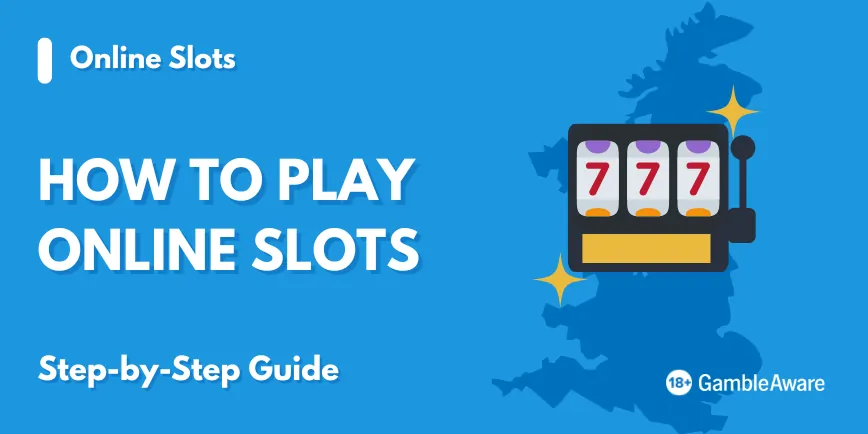


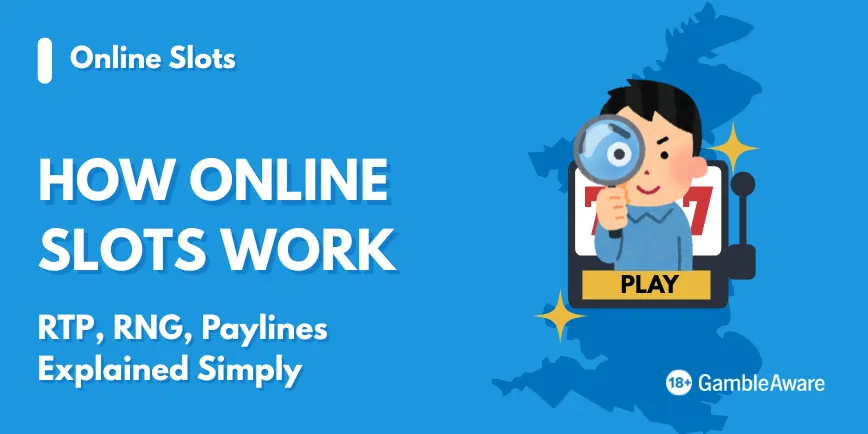



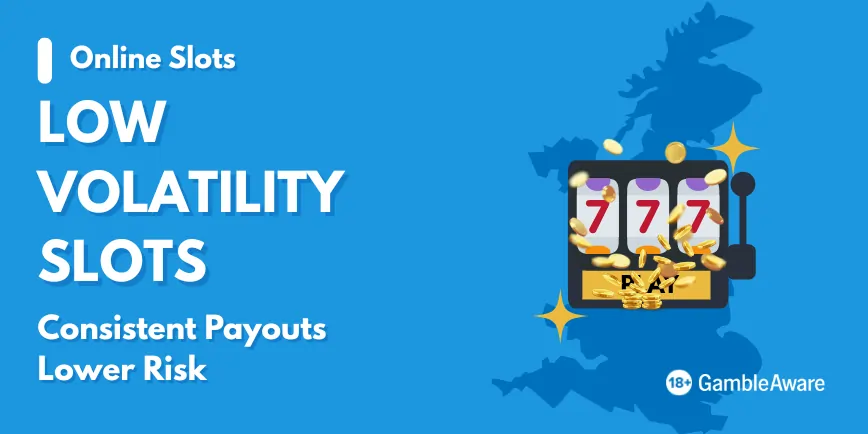


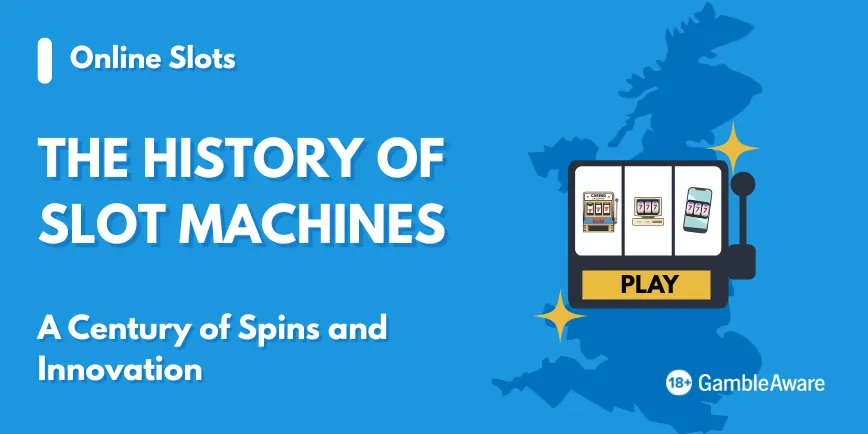
Leave a Reply